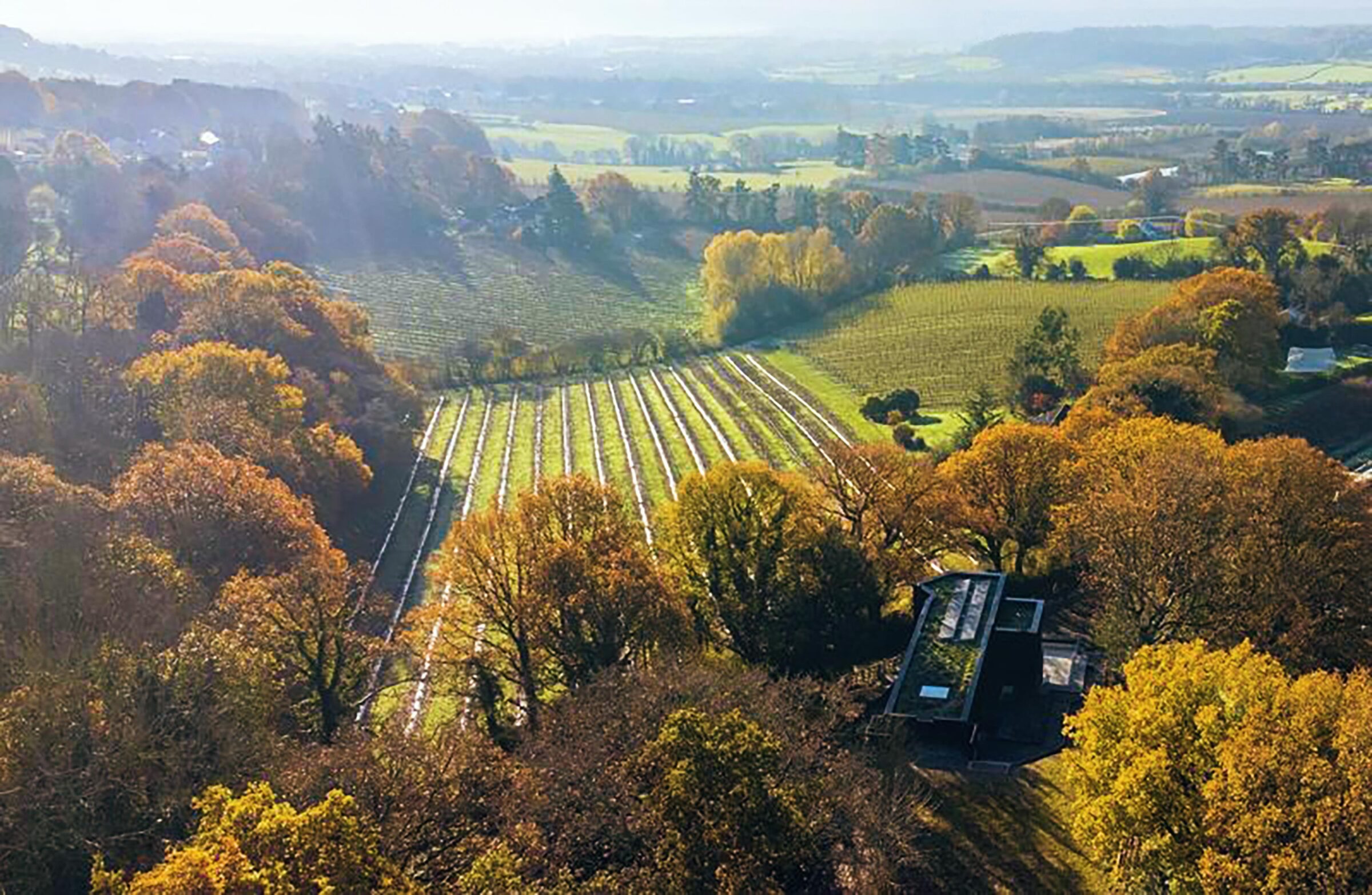
How to Get Planning Permission on Land: Your Step-by-Step Guide for England and Wales
Estimated reading time: 10 minutes
Key Takeaways
- Understanding planning permission is crucial for land development in England and Wales.
- Approximately 75% of planning permissions are approved with proper application.
- Knowing when you need planning permission and preparing a solid application boosts your chances.
- Special rules apply to farm tracks and agricultural land; it’s important to be aware of them.
- Following the correct steps helps avoid common pitfalls and makes your project a success.
Table of contents
- Why Planning Permission Matters
- Step 1: Do You Need Planning Permission?
- Step 2: What Does the Application Involve?
- Step 3: Navigating Special Cases and Farm Land
- Step 4: Submitting (and Perfecting) Your Application
- Step 5: Understanding Permission Conditions
- Step 6: Tips for Success
- Common Questions About Getting Planning Permission
- Why Proper Planning Matters in 2024 and Beyond
- Wrap-Up: Your Roadmap to Planning Permission Success
- Discover More
Are you dreaming of building your own home, expanding your business, or creating a new farm track on your land? Understanding how to get planning permission on land is the essential first step to making your vision a reality. With so many exciting opportunities in England and Wales, the thrill of turning a plot of land into a new home, shop, or productive field is real – but, before you can break ground, you’ll need to successfully navigate the planning permission process. Let’s dive into everything you need to know to boost your chances, avoid common pitfalls, and make your project a success.
Why Planning Permission Matters
Whether you’re building a brand-new house, extending what’s already there, or just changing how a piece of land is used, planning permission is what makes all these dreams possible — and legal! Without it, you could find yourself facing serious problems, from fines to the forced removal of your hard work.
The good news? About 75% of all planning permissions are approved in England and Wales. That’s a hopeful statistic for anyone itching to get started! But to join that lucky majority, you need to understand the process, follow the rules, and prepare a solid application. For specific challenges related to countryside sites and rural planning, check out our Planning Permission Countryside Home guide.
Step 1: Do You Need Planning Permission?
Let’s start with the basics. Not every little change to land or a building needs “planning permission,” but in most cases where you’re:
- Constructing a new building,
- Making significant changes or expansions to a building,
- Changing the official use of a land or building (like turning farmland into a car park),
- Or building things like farm tracks,
…you’ll usually need to apply! (gov.uk guidance).
Important: Even simple things — like building a shed in certain areas or developing agricultural land — can sometimes need permission. If you’re unsure, always check with your local council before starting. For more detailed info about what counts as permitted development, especially in rural areas, see gov.uk’s full guidance.
Step 2: What Does the Application Involve?
Applying for planning permission doesn’t have to be scary — but it does require attention to detail. Local authorities have specific rules and want to see clear, well-prepared requests.
The Paperwork You’ll Need
For most applications, you’ll need:
- Location Plan: A special map showing where your site is.
- It must use an up-to-date map.
- It typically has to be drawn at a standard metric scale like 1:1250 or 1:2500 (the bigger the site, the bigger your scale).
- It should clearly show the edges of your land and its surroundings.
- Site Plan or Block Plan: This zooms in, offering more details about your specific plot, including proposed changes.
(Guidance)
Depending on the project, additional documents might be required:
- Tree works applications: Only need a sketch plan.
- Prior approval applications: Often just a site plan.
- Applications to discharge, vary, or remove conditions: Usually don’t need a location plan.
(Full planning portal guide)
It’s also wise to read about how detailed documentation impacts success rates and appeals in cases of refusal — see our Winning Planning Appeals article for insights on refining plans post-refusal.
Step 3: Navigating Special Cases and Farm Land
Dreaming of a thriving farm or adding a new track? Farms and agricultural land follow specific planning rules.
Farm Tracks — DIY or Ask Permission?
For farm tracks, planning permission is usually required. But there’s a twist: sometimes, you can use what’s called “permitted development rights” – a special shortcut for farmers:
Permitted Development Rights apply if:
- The proposed track is reasonably necessary for purposes like moving animals, equipment, or crops.
- You have a working agricultural unit (big farm or small).
- Even smaller farms (between 0.4 hectares and 5 hectares) in protected areas must still get “prior approval” from the council before going ahead.
If your plans don’t qualify, you’ll have to make a full planning application just like any builder or developer (gov.uk guidance).
In both cases, it’s always safer to check with your local planning authority before starting work. For a complete understanding of farming and rural planning exceptions, refer to the Planning Permission Countryside Home guide.
Step 4: Submitting (and Perfecting) Your Application
It’s time to put together your application! Here’s your success checklist:
- Make sure all required documents are clear, accurate, and up to date.
- Be honest — don’t hide anything about your plans or how the land is used.
- Follow every format and scale required by your local authority. Councils are strict about these details!
What Happens Next?
Once you’ve submitted your application:
- Consultation: The council will notify neighbours and ask for their views. Sometimes, they put up a notice or advertise in the paper.
- Site visit: A planning officer might come to look at your land.
- Review: They’ll check your plans against local rules and what’s “appropriate” for the area.
Most councils decide within eight weeks, but big, complicated projects can take up to thirteen weeks.
Keep in mind that if your application is refused, appealing the decision might be your next step. For tips on successful appeals and dealing with refusals, visit our Winning Planning Appeals article.
Step 5: Understanding Permission Conditions
Congratulations — your planning permission is approved! But wait: it’s not always “do whatever you like.” Most approvals come with conditions to protect neighbours, the environment, or the area’s character. For example:
- You might be told to use special bricks or roof tiles to match other local buildings.
- You could be required to plant trees, install fences, or keep building work within set boundaries.
(CR Real Estate Guide)
And this is IMPORTANT: You must follow every condition.
If you ignore them, the council can serve a “breach of condition notice.” There’s no way to appeal — and you could face prosecution.
(CR Real Estate)
Step 6: Tips for Success
So, how do you make sure your application glides through with a stamp of approval?
- Study your local plan: Every council has its own blueprint for development (called the “local plan”). Learn what’s encouraged (or discouraged!) in your area.
- Be thorough, not rushed: The more detail you provide, the less likely you’ll face objections or delays.
- Address concerns early: If you know there might be issues (floods, parking, traffic), tackle them head-on in your plans.
- Talk to your neighbours: Sometimes, just a friendly chat can reduce complaints that might slow your application.
(CR Real Estate)
For projects in open countryside or sensitive rural areas, integrating local plan policies and considering paragraph 84e appeals strategies can improve chances — see our Planning Permission Countryside Home and Winning Planning Appeals resources for more.
Common Questions About Getting Planning Permission
1. How long does planning permission last?
Most consents last three years from the date they’re granted. If you haven’t started work in that time, you’ll often need to reapply.
2. What if my application is refused?
You can appeal! But, it’s best to first understand why and see whether you can change your plans to match what the council wants. For guidance on appealing effectively, check our Winning Planning Appeals article.
3. Can I build before getting permission?
Never! Any “unauthorised development” could mean being ordered to take down buildings — or even criminal charges.
4. Are there exceptions?
Some small projects (like certain fences or outbuildings) might not need formal planning permission under “permitted development” rules, but these don’t apply everywhere and are more limited in places like conservation areas.
5. What if someone objects?
Objections are normal. As long as your plan follows local rules and you’ve addressed any major community concerns, your application still stands a strong chance.
Why Proper Planning Matters in 2024 and Beyond
Getting planning permission opens the door to all sorts of exciting opportunities. Whether you’re building an eco-home, expanding your business, or setting up the perfect country escape, following the right steps lets your project move ahead with confidence and no nasty surprises.
And with so much growth in towns, rural areas, and technology — including trends like smart homes and “green” building — the landscape of development is always changing. Being thorough and proactive keeps you ahead of the curve.
Wrap-Up: Your Roadmap to Planning Permission Success
To recap, getting planning permission on land in England and Wales is a journey — but one packed with opportunity. By understanding:
- When planning permission is needed,
- What documents and plans to provide,
- The special rules around farm tracks and agricultural land,
- How to submit a perfect planning application,
- What conditions might apply,
- And the secrets to increasing your chances of approval,
…you’re well on your way to seeing your vision come to life!
Remember, while the process can seem daunting, embracing it puts you in the majority who secure their permissions — and protects your investment for years to come.
Discover More
For a FULL guide (with templates and pro tips), visit the official Planning Portal.
For a deep-dive on how permissions work for landowners and developers, check out CR Real Estate’s planning permission overview.
To understand farm tracks and agricultural development, read gov.uk’s full guidance.
For insights on planning in rural and countryside areas, visit our Planning Permission Countryside Home guide.
If you face refusal or want to understand appeals, see our Winning Planning Appeals article.
Getting planning permission doesn’t have to be a mystery. With the right know-how, a dash of patience, and a clear plan, you can unlock the door to your property dreams. Good luck — your next big project is just around the corner!

